Search
Search Results
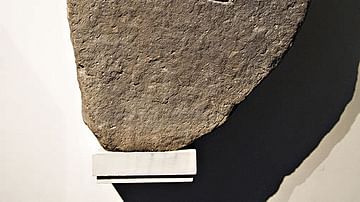
Definition
Picts
The Picts were a people of northern Scotland who are defined as a "confederation of tribal units whose political motivations derived from a need to ally against common enemies" (McHardy, 176). They were not a single tribe, nor necessarily...
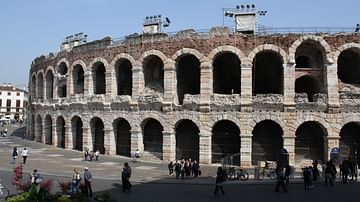
Definition
Roman Verona
Verona, situated on the river Adige in northern Italy, was a Roman town probably founded some time in the 2nd century BCE. It was a colonia by 69 CE and the impressive monuments which survive to this day attest to the city's importance. In...
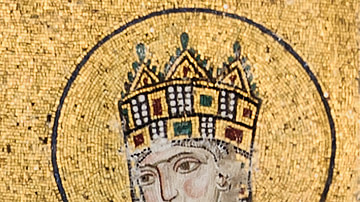
Definition
Empress Zoe
Zoe Porphyrogenita was empress of the Byzantine Empire from 1028 CE until her death in 1050 CE. In an eventful career, she reigned alongside three husbands, had a hand in the succession of her adopted son, and, in 1042 CE, she was co-ruler...
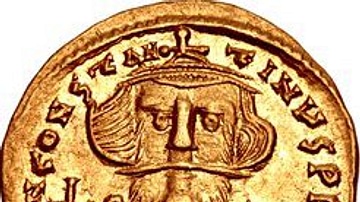
Definition
Constans II
Constans II (aka Konstans II) was emperor of the Byzantine Empire from 641 to 668 CE. Sometimes known as Constans Pogonatos (“the Bearded”), he came to the throne by a series of unlikely events and his empire was immediately challenged...
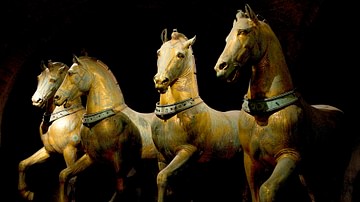
Article
The Hippodrome of Constantinople
The Hippodrome of Constantinople was an arena used for chariot racing throughout the Byzantine period. First built during the reign of Roman emperor Septimius Severus in the early 3rd century CE, the structure was made more grandiose by emperor...
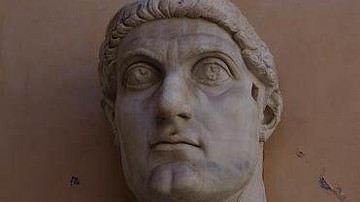
Image
The Colossus of Constantine
Once located in the west apse of the Basilica of Maxentius, fragments of the Colossus of Constantine are now located in the courtyard of the Palazzo dei Conservatori of the Musei Capitolini on the Capitoline Hill, Rome. Marble, 312 CE.
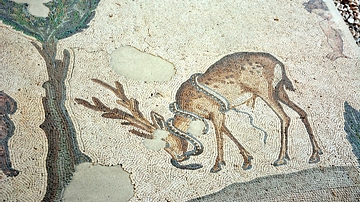
Image
Stag & Snake, Byzantine Mosaic
The stag and the snake mosaic: In some ancient texts, the stag is seen as a rival to the snake. It can also draw a snake out of its hole with its breath. The deer was a symbol of fertility and the animal of Artemis. The stag is illustrated...
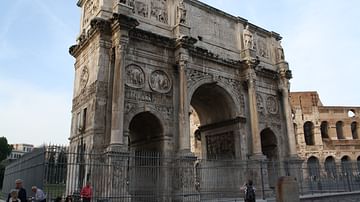
Image
Arch of Constantine I (South Side)
The south side of the Arch of Constantine I in Rome. Dedicated in 315 CE, the triumphal arch celebrates the emperor's victory over the Roman tyrant Maxentius in 312 CE. It is the largest surviving triumphal arch and the last great Imperial...
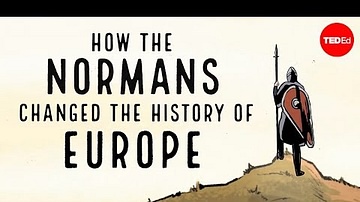
Video
How the Normans Changed the History of Europe
Check out our Patreon page: https://www.patreon.com/teded View full lesson: https://ed.ted.com/lessons/how-the-normans-changed-the-history-of-europe-mark-robinson In the year 1066, 7,000 Norman infantry and knights sailed in warships...
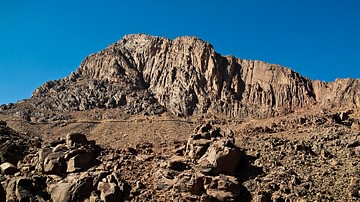
Definition
Mount Sinai
Mount Sinai (Hebrew: Har Sinay, Arabic: Jabal Musa, "mountain of Moses") is a holy site for the three Abrahamic religions: Judaism, Islam, and Christianity. It has traditionally been located in the center of the Sinai Peninsula, between Africa...